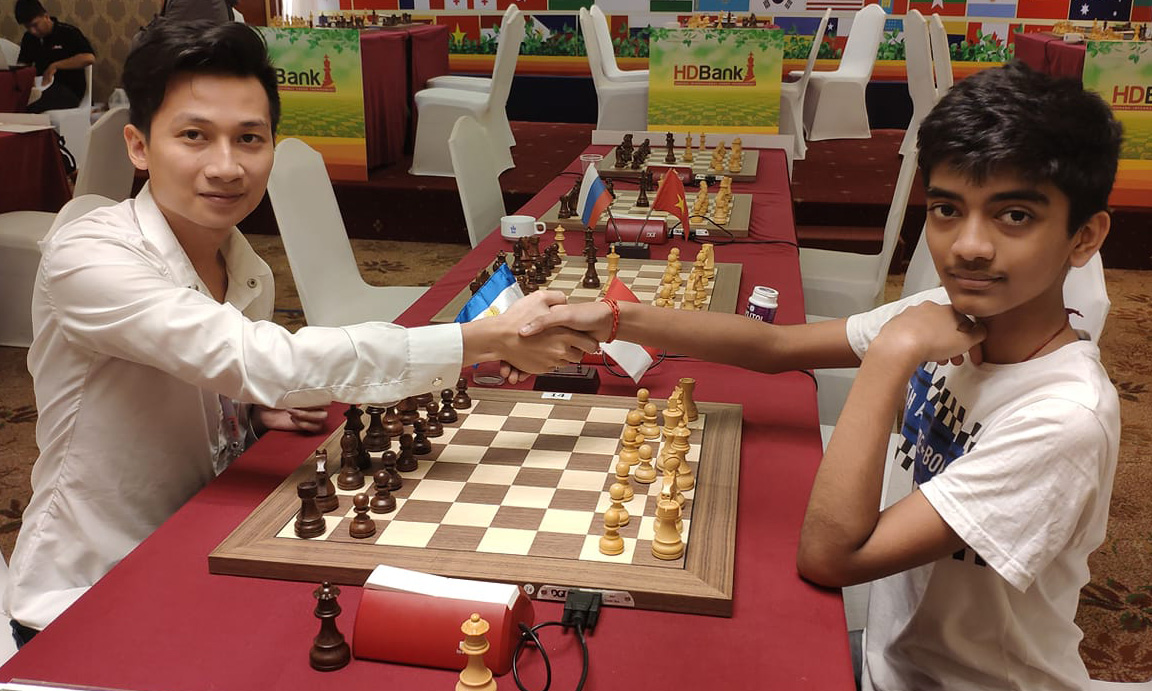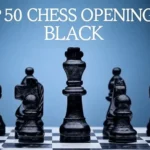Not every chess game ends with checkmate. In fact, about 60% of the games between strong players end in a draw, meaning neither side wins or loses.
But when exactly is a draw declared? Let’s go over all the official draw rules in chess and how they work.
1. Draw by Agreement
This is the most common way games end in professional tournaments.
At any time during the game, one player can offer a draw, usually by saying “Draw?” after making a move and pressing the clock.
If the opponent accepts, the game ends immediately in a draw.
However, if the opponent declines, the game continues as usual.
You can offer a draw again later, but doing it too often can be seen as poor etiquette.
2. Draw by Stalemate
A stalemate happens when:
- The player whose turn it is has no legal moves, and
- Their king is not in check.
Example:
If your opponent’s king can’t move anywhere without being attacked, but isn’t currently in check, the game is a stalemate — a draw.
It often occurs when one player has very few pieces left and accidentally blocks all possible moves of the opponent’s king.
3. Draw by Threefold Repetition
This rule prevents endless repetition of the same position.
If the same exact position appears three times on the board — with the same player to move and same possible legal moves (including castling and en passant rights) — either player can claim a draw.
It doesn’t have to happen in consecutive moves.
For example, if a position repeats on move 25, 30, and 35, you can still claim a draw.
To claim it in an over-the-board game, you must write the move that will cause the third repetition on your scoresheet and tell the arbiter before making the move.
4. Draw by the 50-Move Rule
This rule is meant to stop games that go on forever when no progress is made.
If 50 consecutive moves (by both players) occur without any pawn move or capture, either player can claim a draw.
Example:
If you and your opponent move pieces back and forth for 50 moves with no captures or pawn pushes, the game can be declared a draw.
In modern chess software (like Chess.com or Lichess), this rule is automatically applied.
5. Draw by Insufficient Material
Sometimes, checkmate is simply impossible, no matter what.
A draw is declared if neither side has enough pieces to deliver checkmate. Examples:
- King vs. King
- King and Bishop vs. King
- King and Knight vs. King
- King and two Knights vs. King (technically possible only if the opponent helps, so it’s considered insufficient)
Even if one player’s clock runs out, the game is still a draw in these cases because checkmate can’t happen.
6. Draw by the 75-Move Rule (Automatic)
This is an automatic version of the 50-move rule introduced by FIDE.
If 75 moves are played by both sides with no pawn move or capture, the game ends in a draw automatically, even if nobody claims it.
7. Draw by Dead Position
This occurs when checkmate is no longer possible by any series of legal moves.
For example, if both sides have only kings, or if all remaining pieces are locked in such a way that no progress can ever be made, the game ends in a draw.
Online chess platforms can recognize and end the game instantly when this happens.
Summary Table
| Draw Type | Trigger Condition | Claimed or Automatic |
|---|---|---|
| Draw by Agreement | Both players agree | Claimed |
| Stalemate | No legal move, not in check | Automatic |
| Threefold Repetition | Same position appears 3 times | Claimed |
| 50-Move Rule | 50 moves with no pawn move or capture | Claimed |
| 75-Move Rule | 75 moves with no pawn move or capture | Automatic |
| Insufficient Material | Not enough pieces to mate | Automatic |
| Dead Position | No legal way to achieve mate | Automatic |

I’m Xuan Binh, the founder of Attacking Chess, and the Deputy Head of Communications at the Vietnam Chess Federation (VCF). My chess.com and lichess rating is above 2300. Send me a challenge or message via Lichess. Follow me on Twitter (X) or Facebook.






